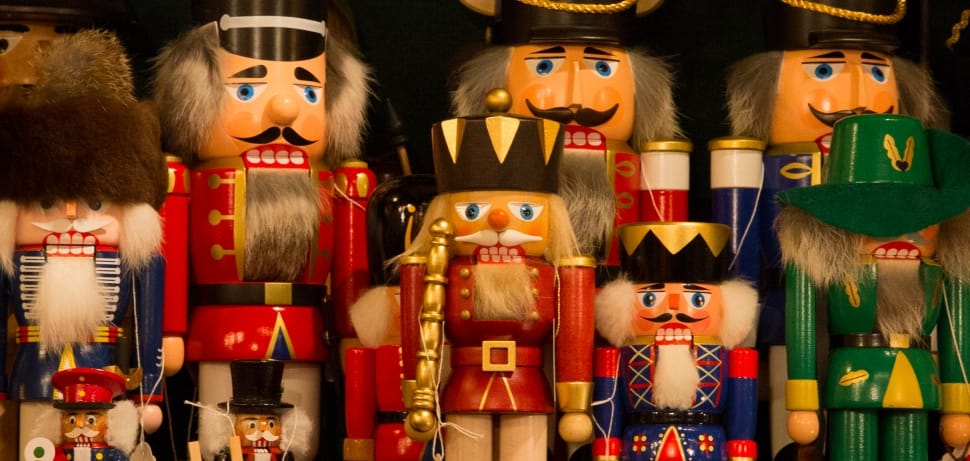
How to Teach the Nutcracker
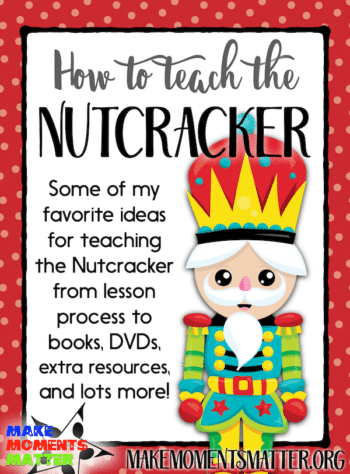
Teaching the Nutcracker is one of my favorite things to do every December. I got my first Nutcracker as a gift when I was in second grade and ever since I have loved to find new nutcrackers, retell the classic fairy tale, listen to the music, and share with others.
As I started to unpack all of the nutcrackers that I own this year I realized that I’d not only collected physical nutcrackers but a whole host of resources that help me whenever I teach about the Nutcracker story in my classroom. So, in this blog post I’ll share a bit about the process I use when teaching about the Nutcracker, some favorite books and resources you might consider, and a bit about how you might sequence the Nutcracker into your K-5 lesson plans.
What are Nutcrackers?
For me, teaching the Nutcracker starts with explaining why we have nutcrackers at all! Kids are used to seeing these little wooden creatures in retail stores and on TV, but many don’t really understand what they are or why we have them. I always pick up a nutcracker to do a demo and give a little explanation about the original purpose of a nutcracker.
Nutcrackers in the form of wood carvings of a soldier, knight, king, or other profession have existed since at least the 15th century. Nutcrackers are a good luck symbol in Germany, and a popular folktale tells that a puppet-maker won a nutcracking challenge by creating a doll with a mouth for a lever to crack the nuts. These days we don’t really need functional nutcrackers since we can buy pre-shelled nuts in huge packages in grocery stores, but I love explaining to kids that nutcrackers actually had a purpose in the beginning. Then I pick up some of the decorative Nutcrackers that I have (especially the very small ones) and show that a nut wouldn’t even fit in its mouth. I explain how now they’re primarily for decoration and often come out around Christmastime.
This makes for a simple segue into the traditional story of the Nutcracker which is told around the world. “The Nutcracker and the Mouse King” (German: Nussknacker und Mausekönig) is a story written in 1816 by Prussian author E. T. A. Hoffmann, in which young Marie Stahlbaum’s favourite Christmas toy, the Nutcracker, comes alive. After defeating the evil Mouse King in battle, the Nutcracker whisks her away to a magical kingdom populated by dolls. This fantastical tale was repurposed in 1892 into a two-act ballet called The Nutcracker originally choreographed by Marius Petipa and Lev Ivanov with a score by Pyotr Ilyich Tchaikovsky. The ballet wasn’t initially a success but in the years since has been taken up as a treasured part of the ballet repertoire.
Teaching the Nutcracker – Start with the Story
With my youngest students (or any classes that haven’t had experience with the Nutcracker before) I introduce the Nutcracker story with a book. There are so many great picture books out there that give a simple synopsis of the story and tell it in their own special way. Below I’ll share about just a few of my favorite books to teach the Nutcracker, but see all of the resources I’ve rounded up when you check out my Amazon Ideas List.
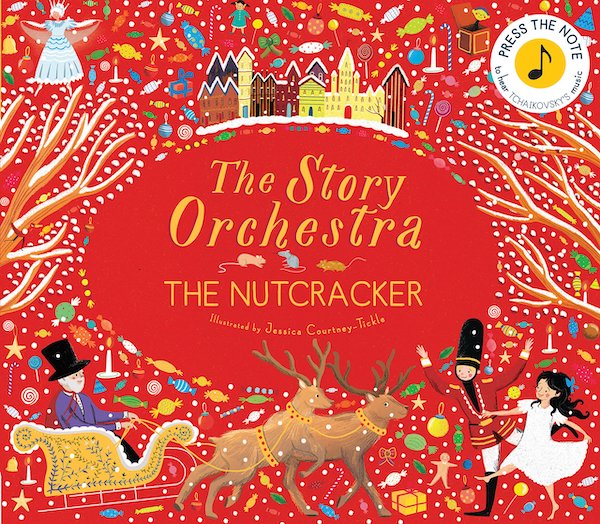
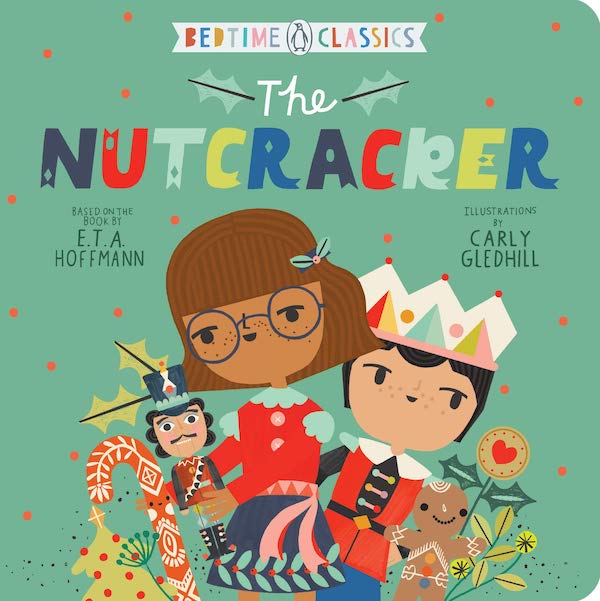
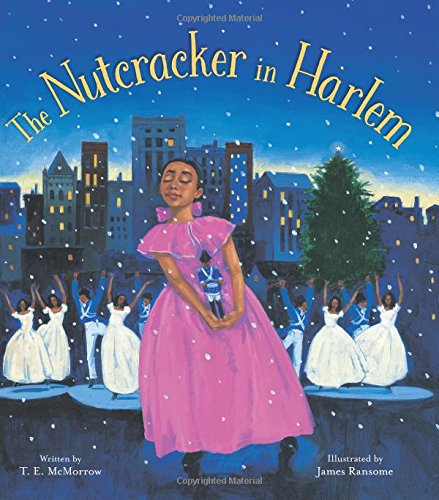
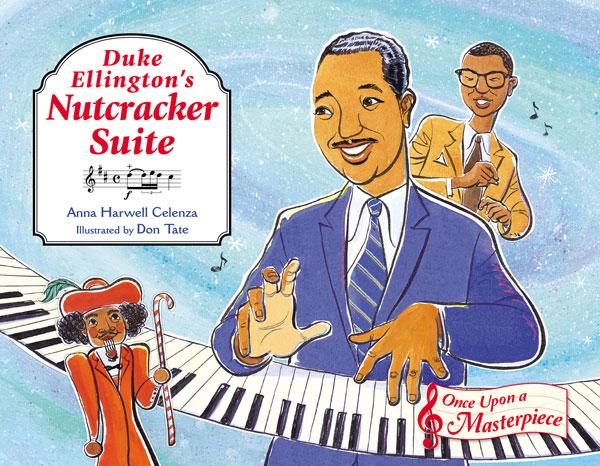
Penguin Bedtime Classics has a really wonderful board book version of the story that is perfect for younger children or to put in reading centers. The story is quite simplified, but it serves as a perfect introduction to those who’ve never had exposure before. Another fan favorite is The Story of the Orchestra: The Nutcracker. This edition has beautiful pictures and a great synopsis of the story, but what really makes it special is that as you make your way through the book you can press the buttons to hear 10 excerpts from the ballet’s music, including favorites like “The Waltz of the Flowers,” “The Dance of the Sugar Plum Fairy,” “The Russian Dance,” and the awesome “Finale.”
My personal favorite is The Nutcracker by Susan Jeffers. The illustrator went to great detail to give context for the time and place of the story through her included images. I love this book because there are so many references to dance and ballet in the pictures and story.
For example, when Marie and the Nutcracker journey off to the land of the Sweets they venture through falling snowflakes that are drawn to look like ballerinas in tutus who are dressed a snowflakes. Images and references like these are so helpful if you want to show portions of the ballet later on. You can even say something like this conversation that I have with my kindergarteners: “Wow, in this picture what do the snowflakes look like? Dancers! You’re right. Isn’t it cool how the illustrator made the snowflakes look like dancing people.” As a follow up with kinder and first grade I’ll often show this simple clip of “The Waltz of the Snowflakes” by the Royal Ballet Company to make beginning connections with the story and the ballet.
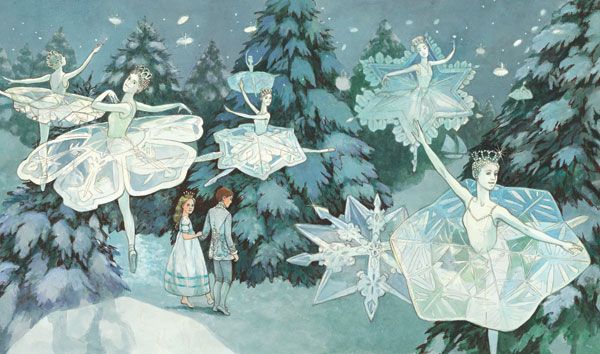
And these books are just the beginning. There are so many other wonderful resources that you can use when teaching about the Nutcracker. I love The Nutcracker in Harlem by T.E. McMorrow and illustrated by Coretta Scott King Award-winning illustrator James Ransome. This jazz-inspired reinvention takes the traditional Nutcracker story and changes the setting to Harlem with updated characters and circumstances. An author’s note at the end provides additional information about the history of the Harlem Renaissance, and about the author’s inspiration for this musical retelling.
Another great resource is Duke Ellington’s Nutcracker Suite (Once Upon a Masterpiece) by Anna Harwell Celenza, illustrated by Don Tate. This picture book tells the story of how Duke Ellington and Billy Strayhorn transform Tchaikovsky’s “Nutcracker Suite” from romantic orchestra into jumpin’ jazz melodies.
How to Use the Ballet in the Classroom
I think that one of the trickiest things about teaching the Nutcracker is figuring out how to integrate the ballet into your lessons. In my classroom we dance and move a lot and students are exposed to “classical” music either through movement, listening lessons, videos, or other means. But getting a class of students to sit through and watch a ballet can be frustrating. I remember that in my first year of teaching I thought I would just put on the video, sit back, and let the magic happen. Well, my expectations changed pretty quickly since students couldn’t sit still, started talking a lot, and didn’t have the reaction to the video that I thought they might.
So now, I talk OVER the video a lot. I interject to explain when plot points happen so that students don’t miss anything and I point out how the ballet dancers communicate important parts of the story through movement and actions. I also spend a good deal of time explaining what a ballet is since most of my students don’t have exposure to expressive dance like this, the costumes, how the dancers touch, etc. In this short video example you can see how I talk through a video from the Nutcracker in the way that I might with students.
There are many different ballet versions of the Nutcracker performed by various ballet companies around the world. You can find some versions of this through streaming services or on YouTube but I always try and find a hard copy that I can use no matter if the internet goes out, my computer goes caput, or something else happens. It’s nice to have a high-quality DVD backup just in case.
My absolute favorite DVD recording of the Nutcracker comes from the Royal Ballet in the UK. The costumes are vivid and exciting, the story is easy to explain to students, and the dancing is fantastic! A total gem of a recording!
Some folks really love the New York Ballet’s version of the nutcracker from 1993 which features Macaulay Caulkin as a main character/the Nutcracker. High quality and easy for kids to understand and sit through!
Another recent addition to the Nutcracker world is this reimagination from Disney called The Nutcracker and the Four Realms. Not the traditional story, but a newly imagined version featuring some big name movie stars.
Nutcrackers on Display
One last thing that I love to do is set out and talk about the nutcrackers that I have in my room. I’ve been collecting these nutcrackers since I was in second grade, so I have quite the variety from the traditional drummers, soldiers, and kings to football players, cowboys, angels, and even an M&M nutcracker/candy dispenser. The kids love to look at all the variety comment on how they’re all different but the same.
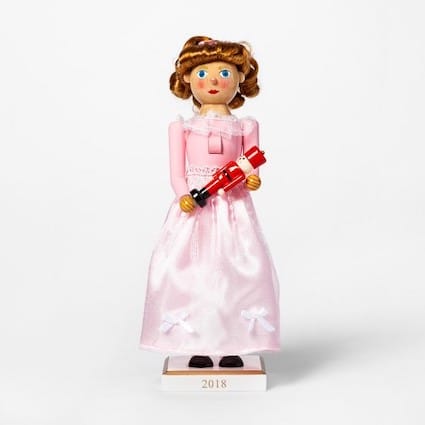
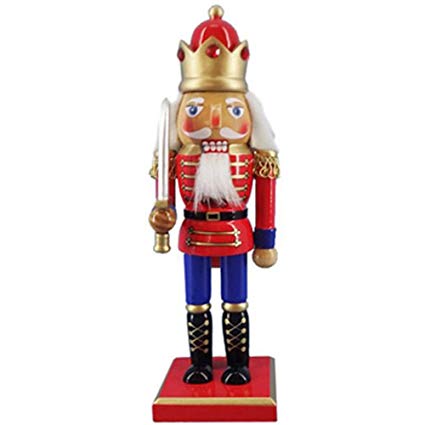
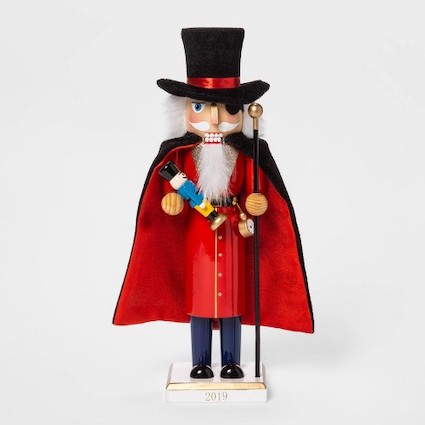

Some of my favorite nutcrackers are from Target and are modeled around the characters from the Nutcracker story. If you go to Target at the right time you can find the Mouse King, Uncle Drosselmeyer, Clara, and all sorts of traditional soldier/king nutcrackers. They’re not always available online but you can often find them in stores for only about $10. I usually reference them when I’m telling the story for the first time and say something like, “Yes, Clara got a nutcracker from her uncle at the Christmas party… oh wait. This little girl nutcracker is wearing a party dress just like Clara and is holding a toy nutcracker, just like Clara! Wow!” The kids really love seeing the characters from the story!
Of course this is only the tip of the iceberg when it comes to great resources and lessons you can use when teaching the Nutcracker. I actually did a podcast episode (Episode #18) about a movement activity you can do with the Nutcracker March. There’s also a really wonderful movement lesson you can do with scarves or ribbon wands in Artie Almeida’s book Parachutes and Ribbons and Scarves: Oh My! The possibilities are endless!
What are your favorite resources to use when teaching the Nutcracker? Are there any books that you love and don’t see listed above or on my Amazon ideas list? Please share a comment below with your favorite ideas and resources!


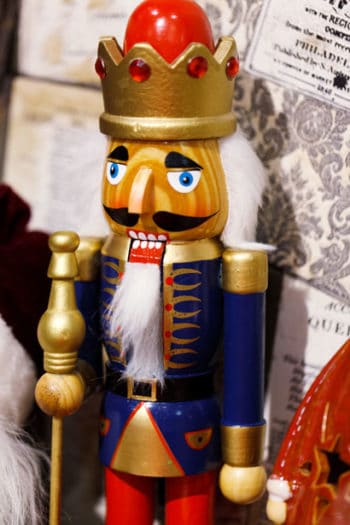
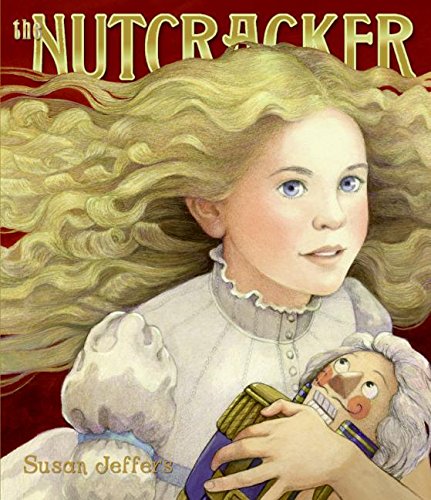
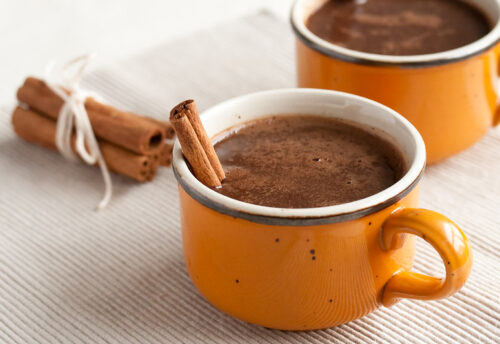
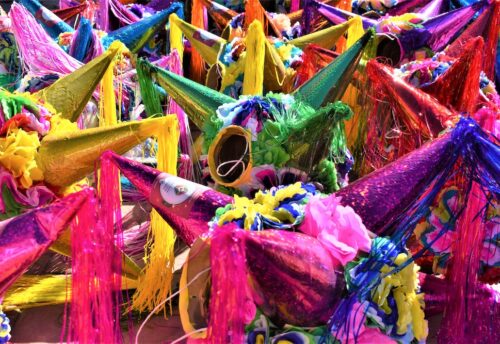
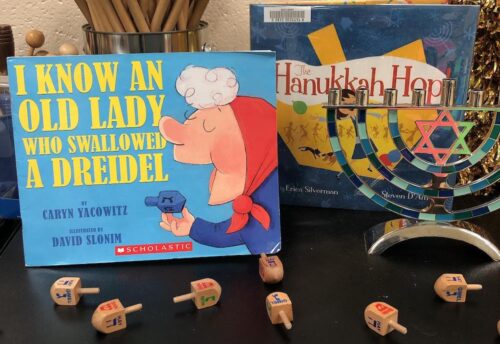
Pingback: How to Teach the Nutcracker | MusicEdNews.Com
Pingback: Nutcracker Activities for the Music Room - Mrs. Miracle's Music Room
Pingback: Nutcracker Activities for the Music Room - Aileen's Music Room